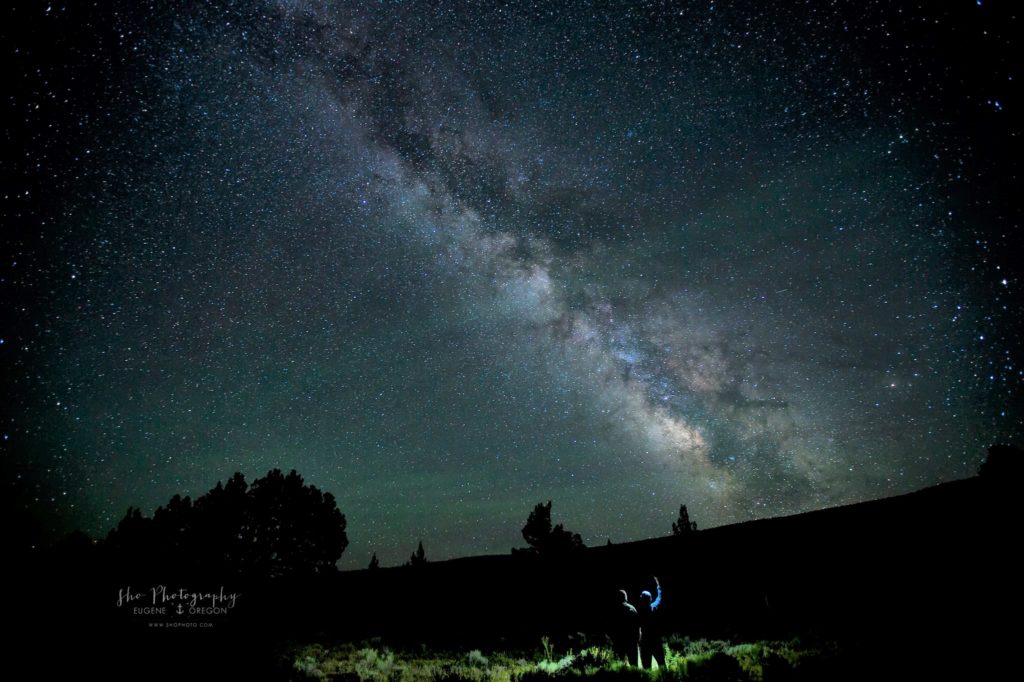Star Naming and Viewing Still Fascinates
Star naming has existed since ancient times. Stars that were visible to the naked eye were named in different languages by people from far-reaching parts of the world. All cultures created magical stories about the stars, which often included grouping the stars into constellations.
With the aid of the telescope, professional and amateur astronomers have discovered many more stars. These new stars are surveyed and their coordinates are located very precisely. Then they are given official identification numbers that are published in several star catalogs.
The International Astronomical Union (IAU) names newly discovered celestial bodies such as comets and asteroids. The brightest stars have names, but most stars are merely listed in the star catalogs by number. This number makes it easier to locate the star in the sky. Astronomers would never be able to find “Aunt Martha’s Star.”
The oldest known star catalog was produced by ancient Babylonians on clay tablets about 1500 BC. The Shang dynasty in China wrote star names on oracle bones about the same time. More modern catalogs include the Smithsonian Astrophysical Observatory (SAO) catalog, Guide Star Catalog (GSC), and the Name a Star Record Book. You can’t buy a star, but you can name a star as a novelty gift for a friend or loved one.
Star naming companies like Name a Star offer a way for non-astronomers to show their love and respect to others by assigning the names of loved ones to stars – stars that are otherwise listed as numbers in astronomy catalogs. Name a Star – The Original Star Naming Service – Since 1978® is the world’s first star naming company.


4 Responses to How To Name A Star